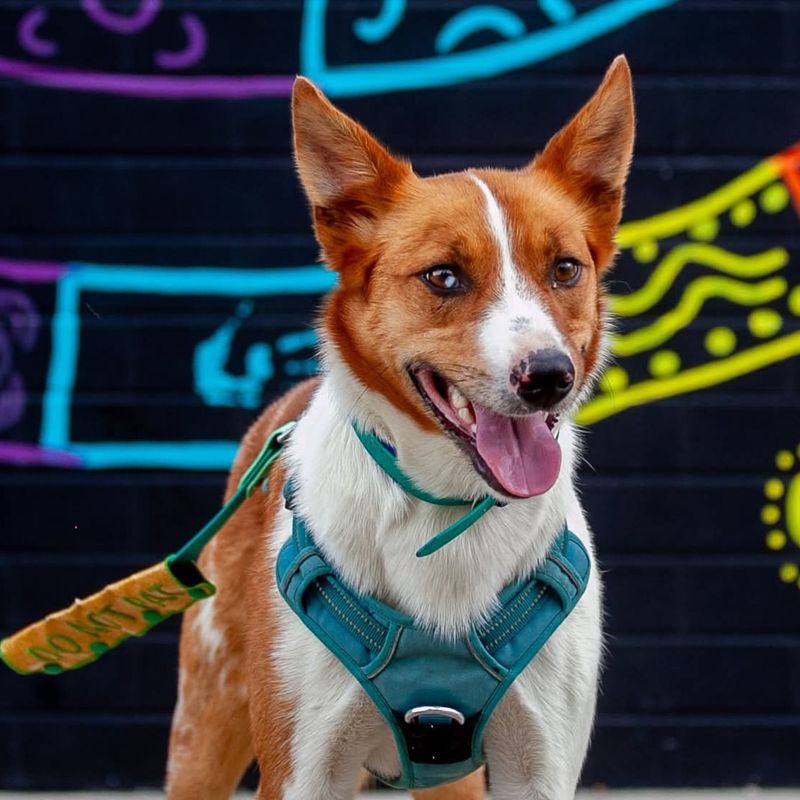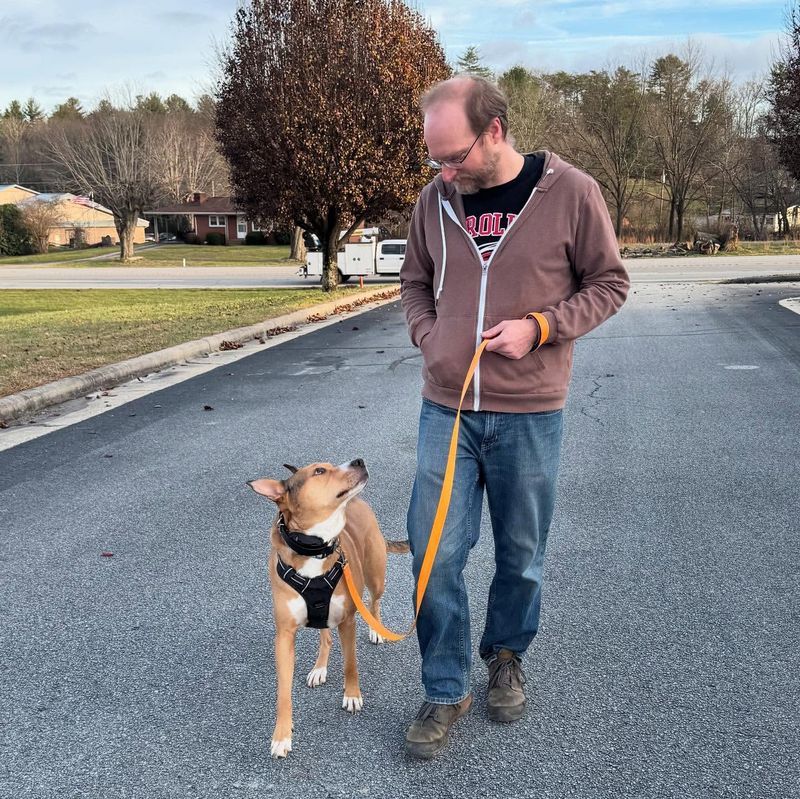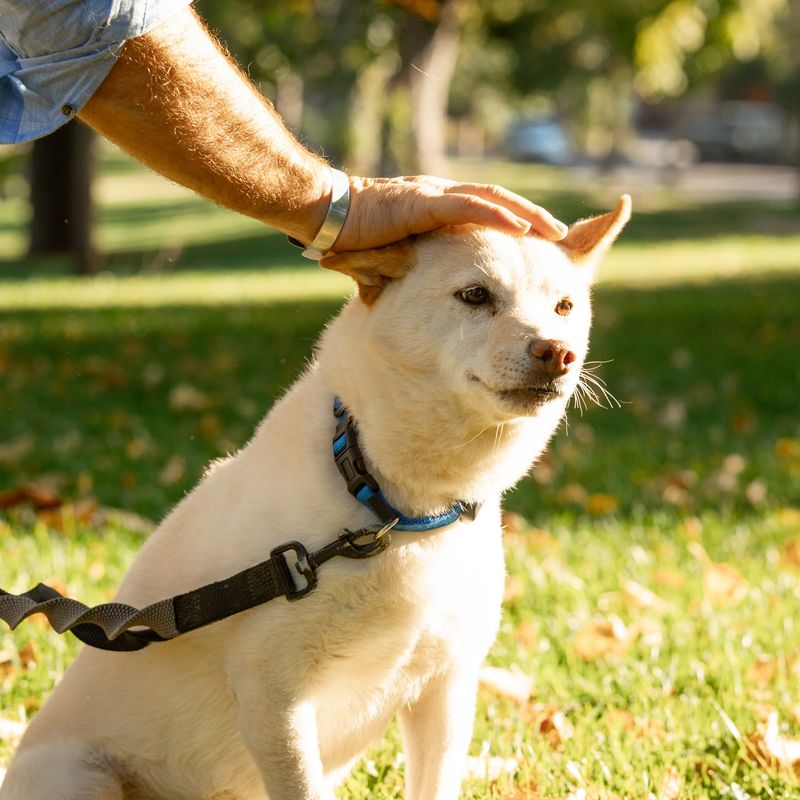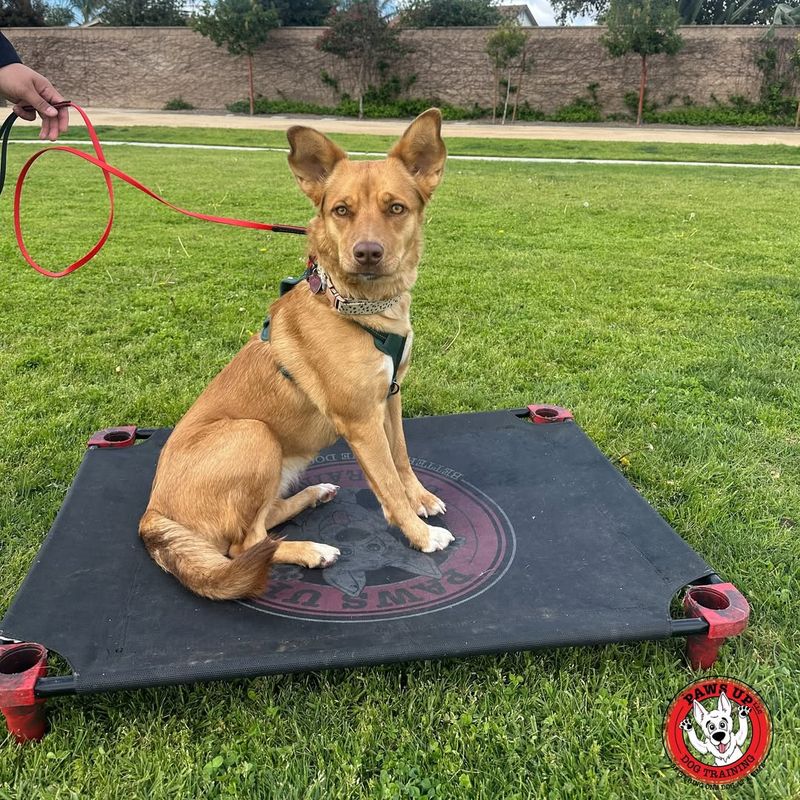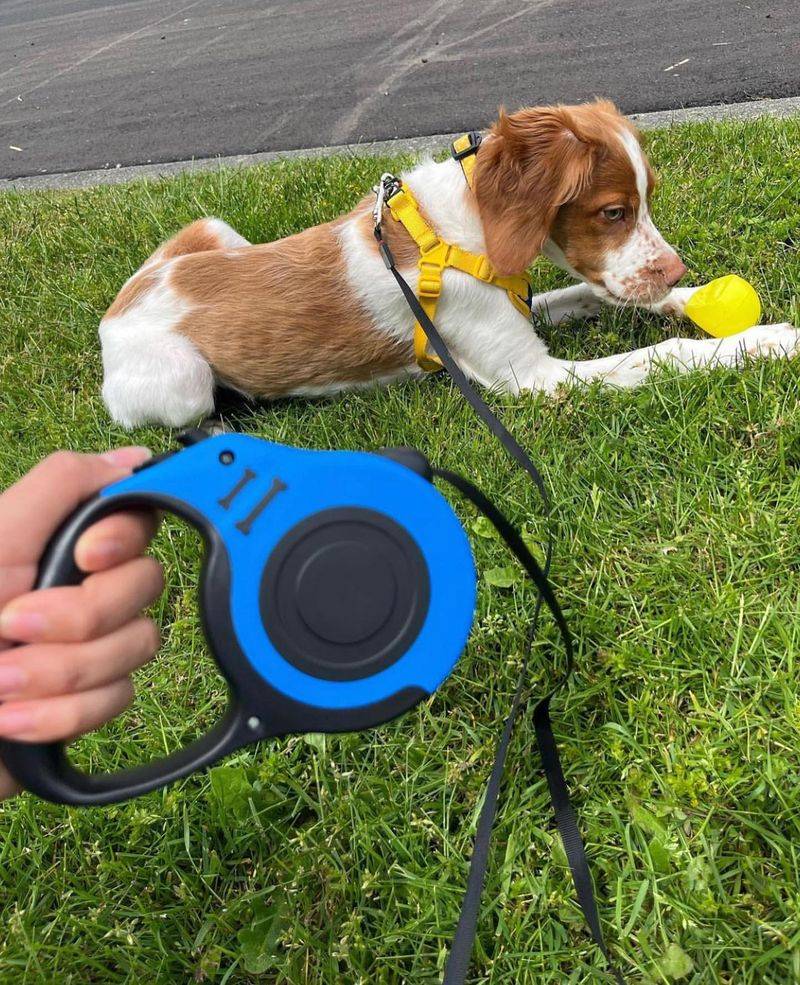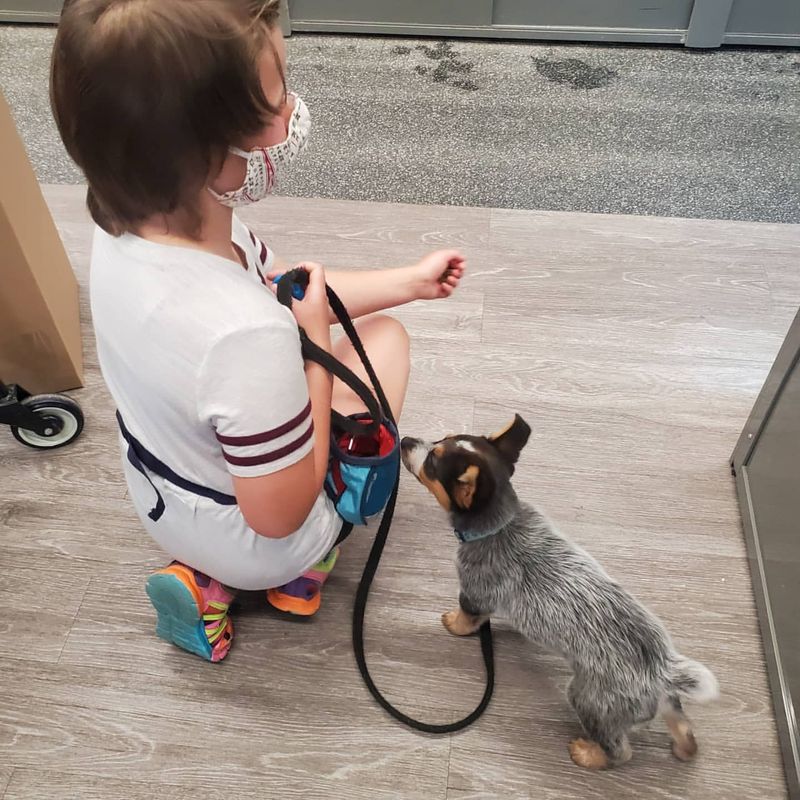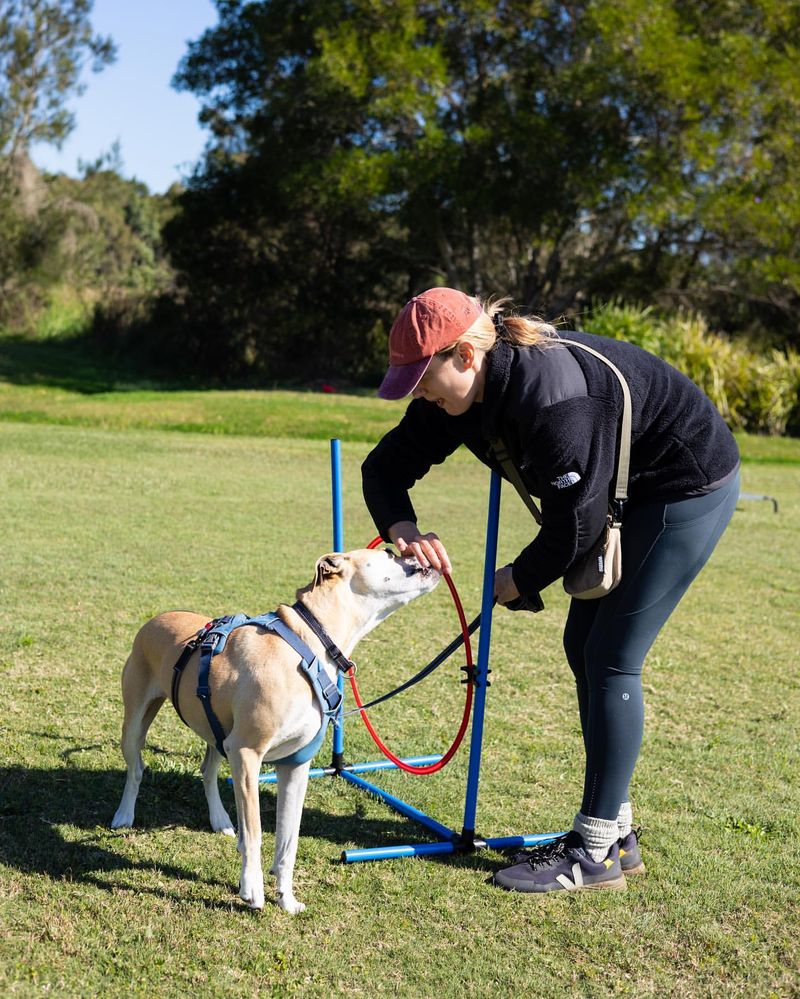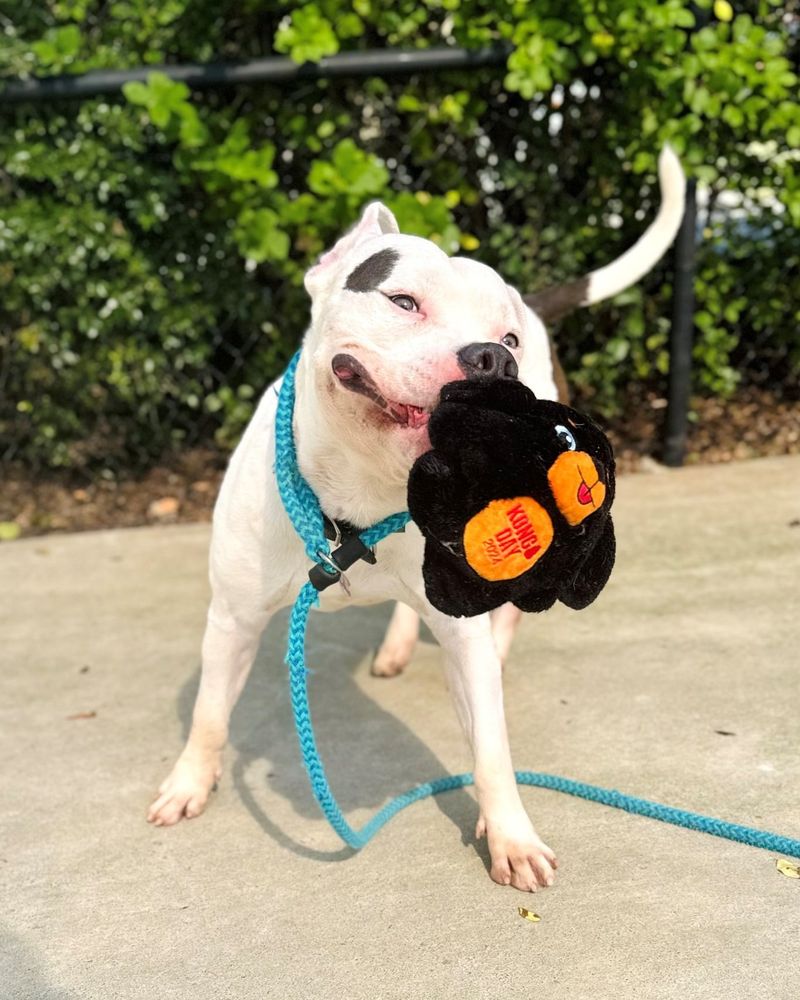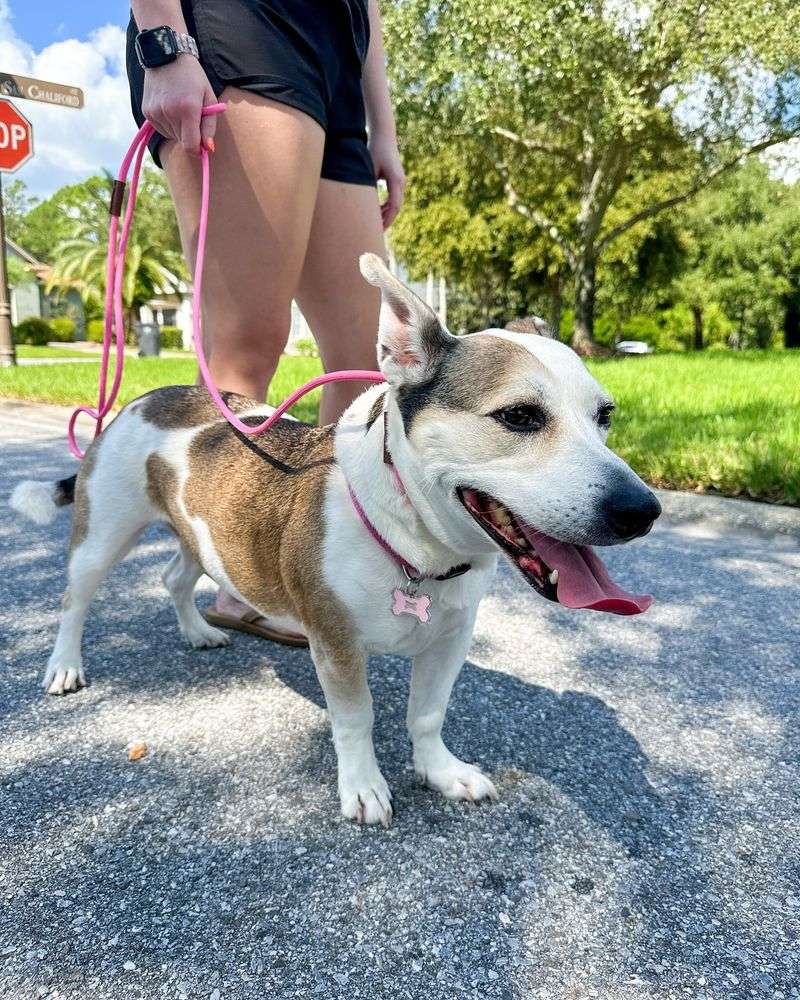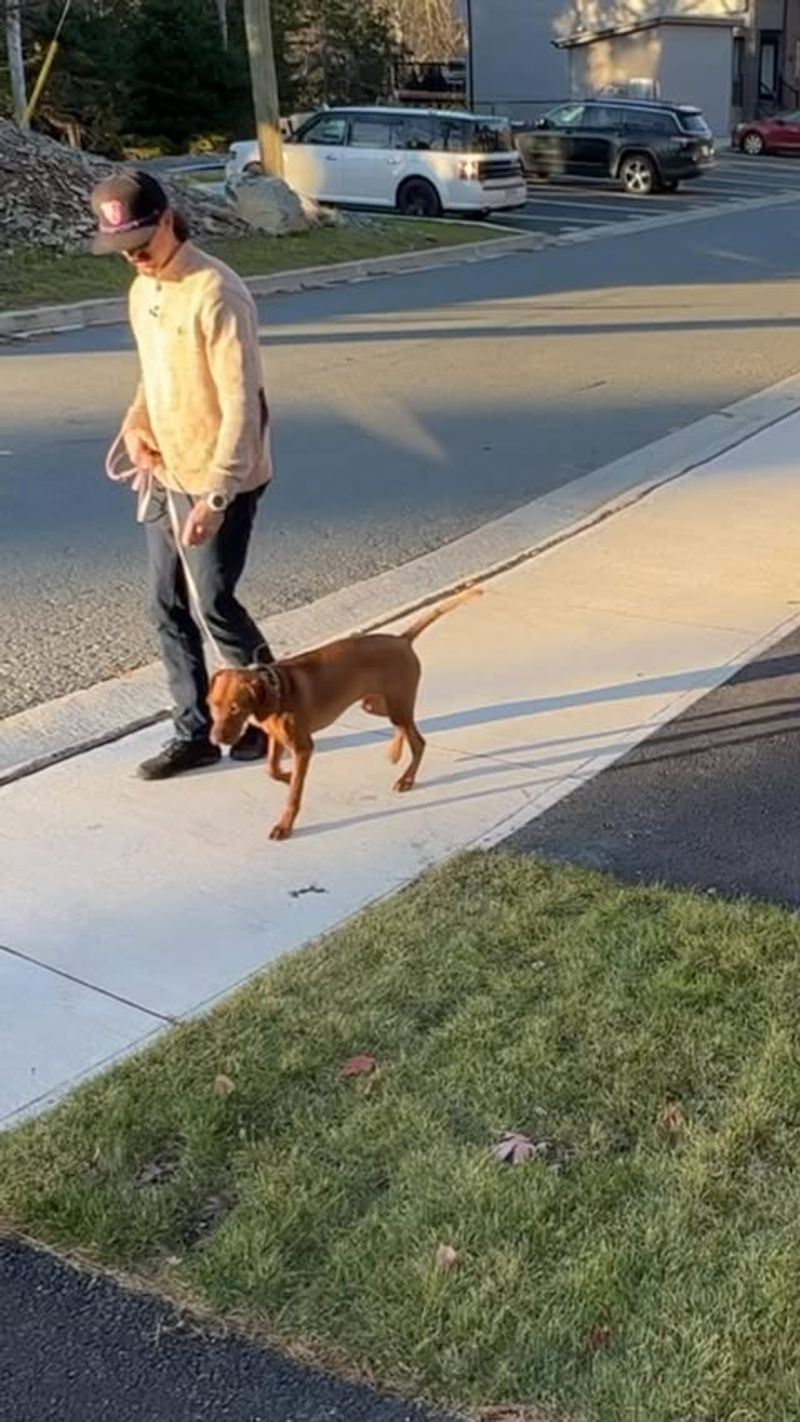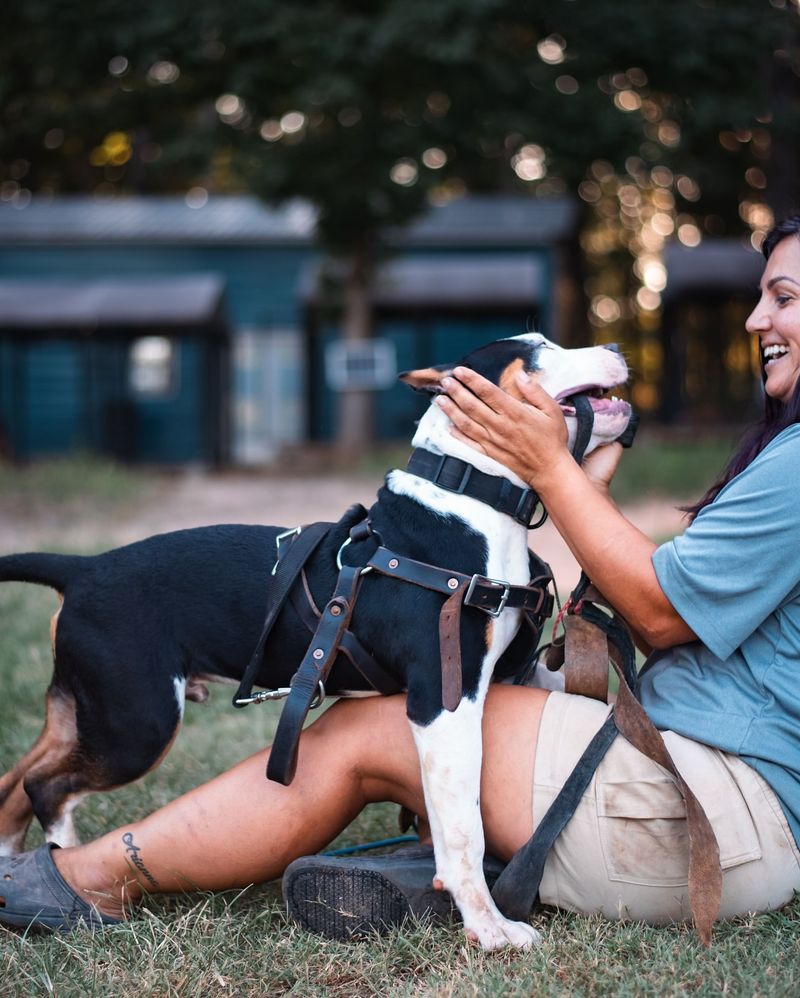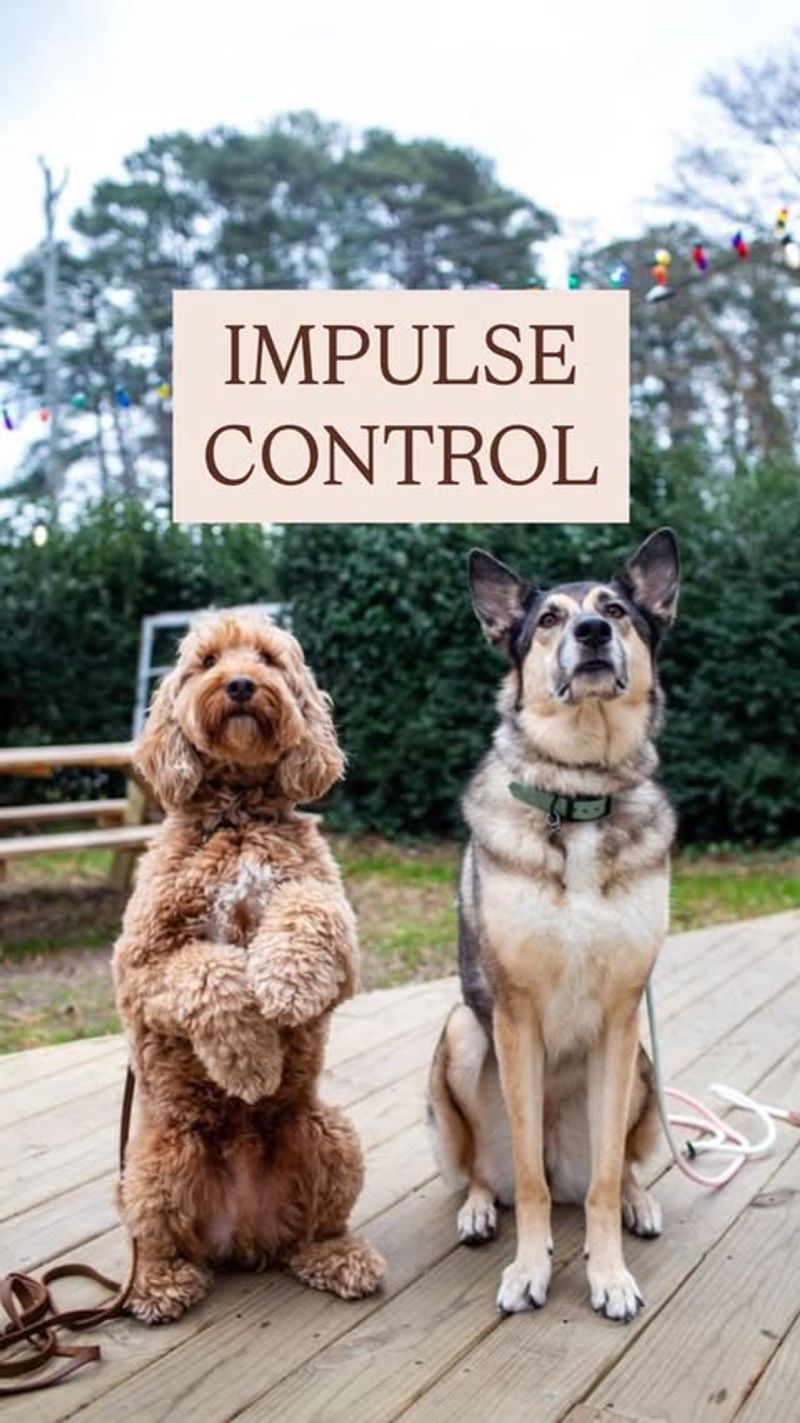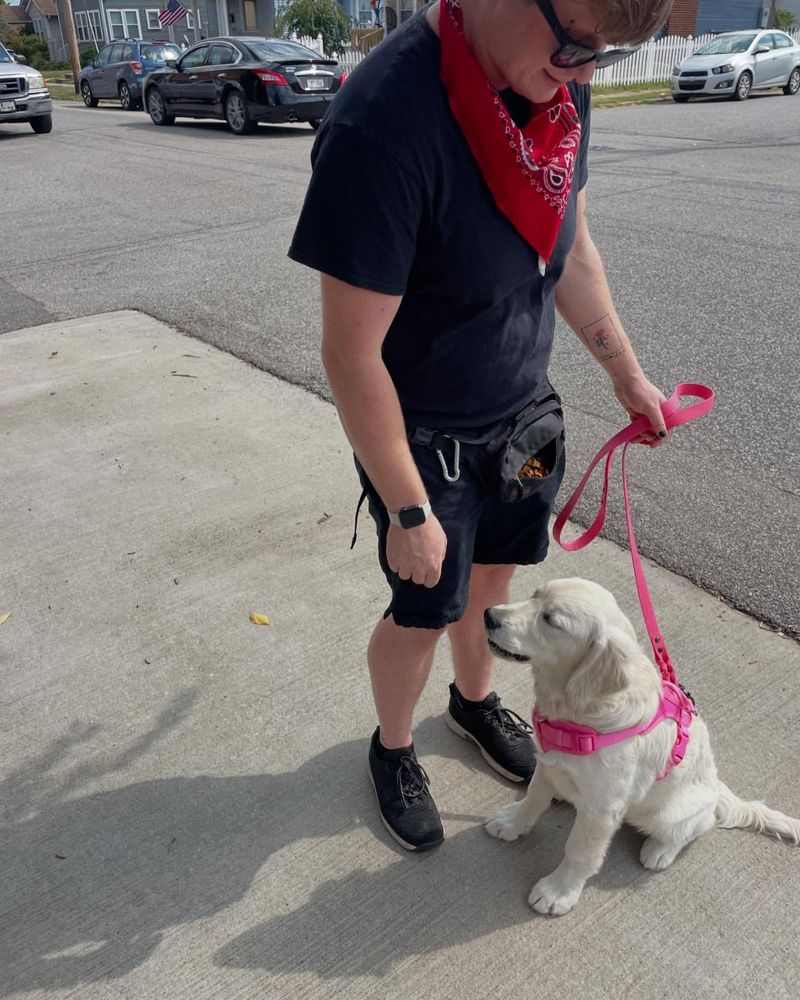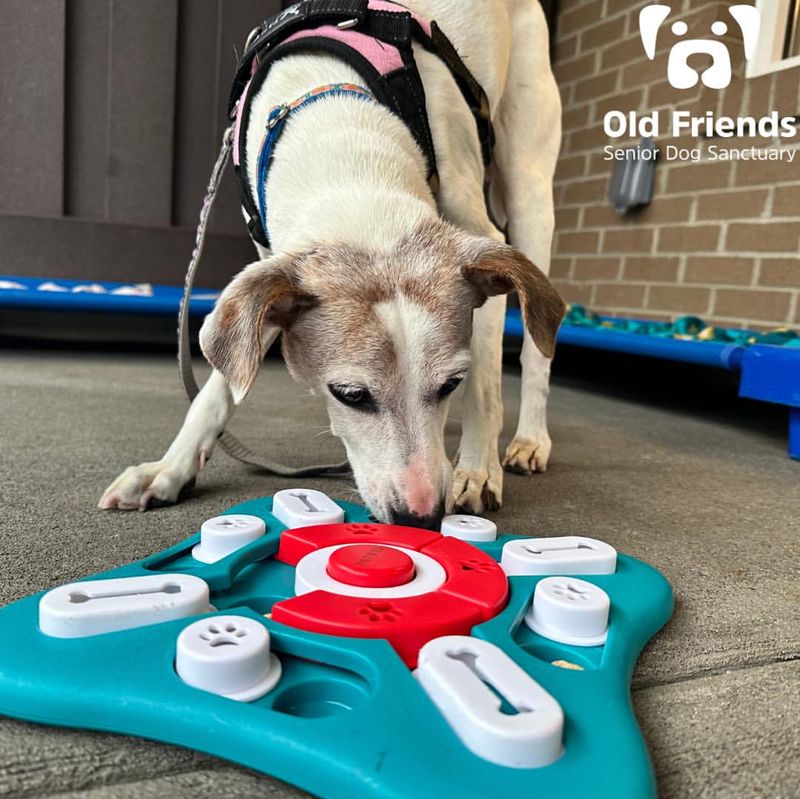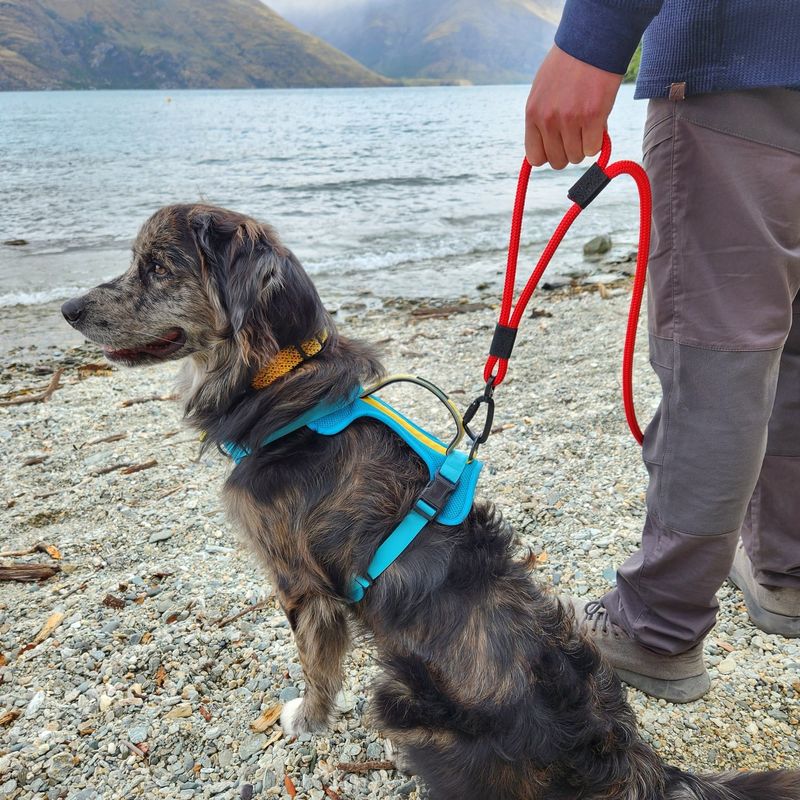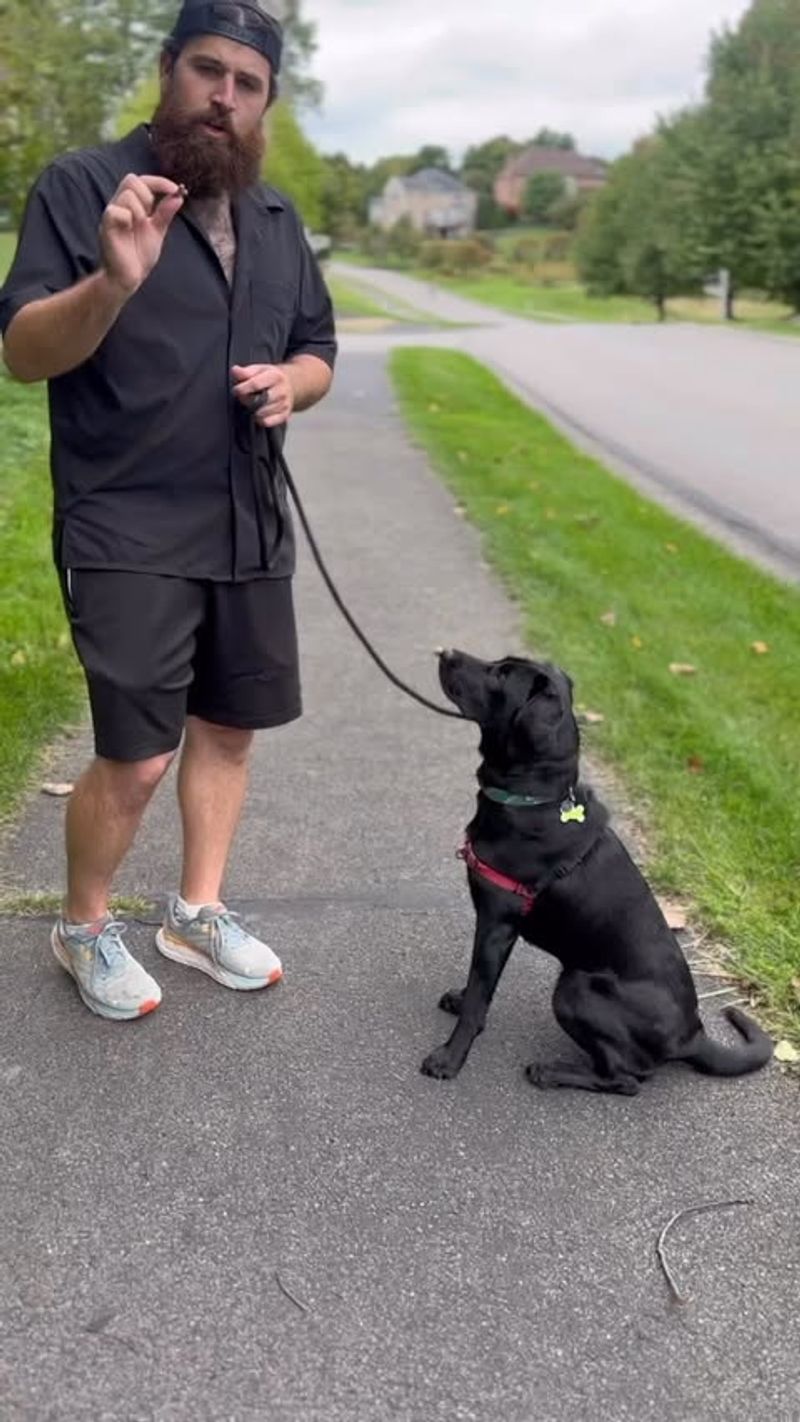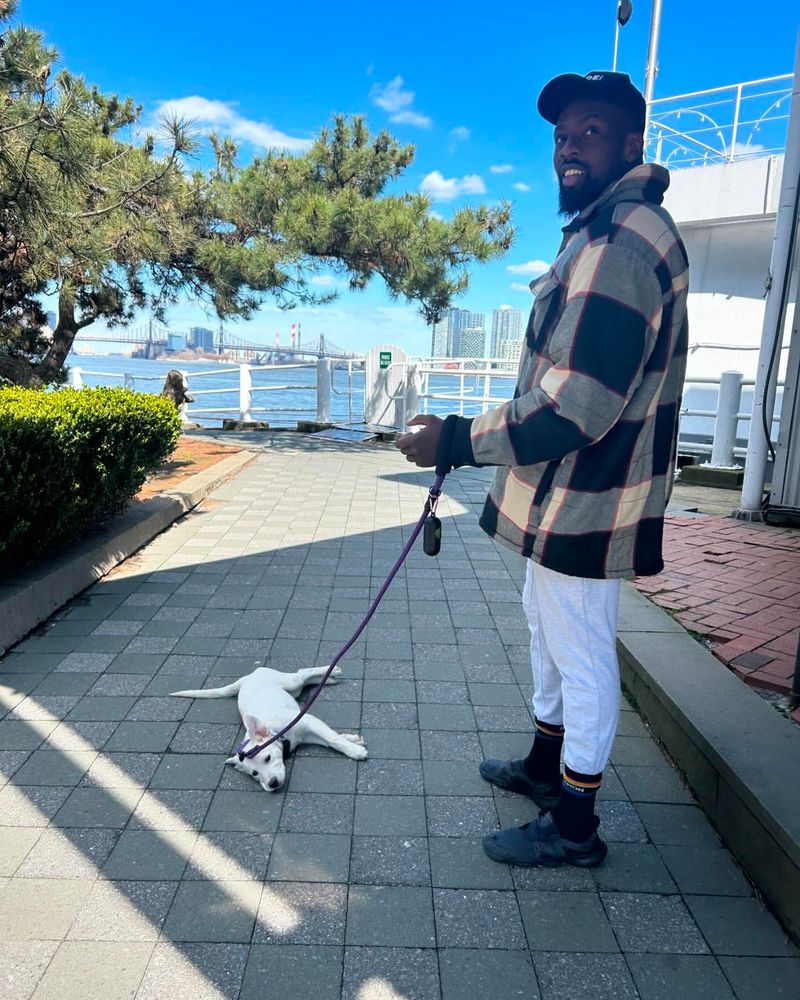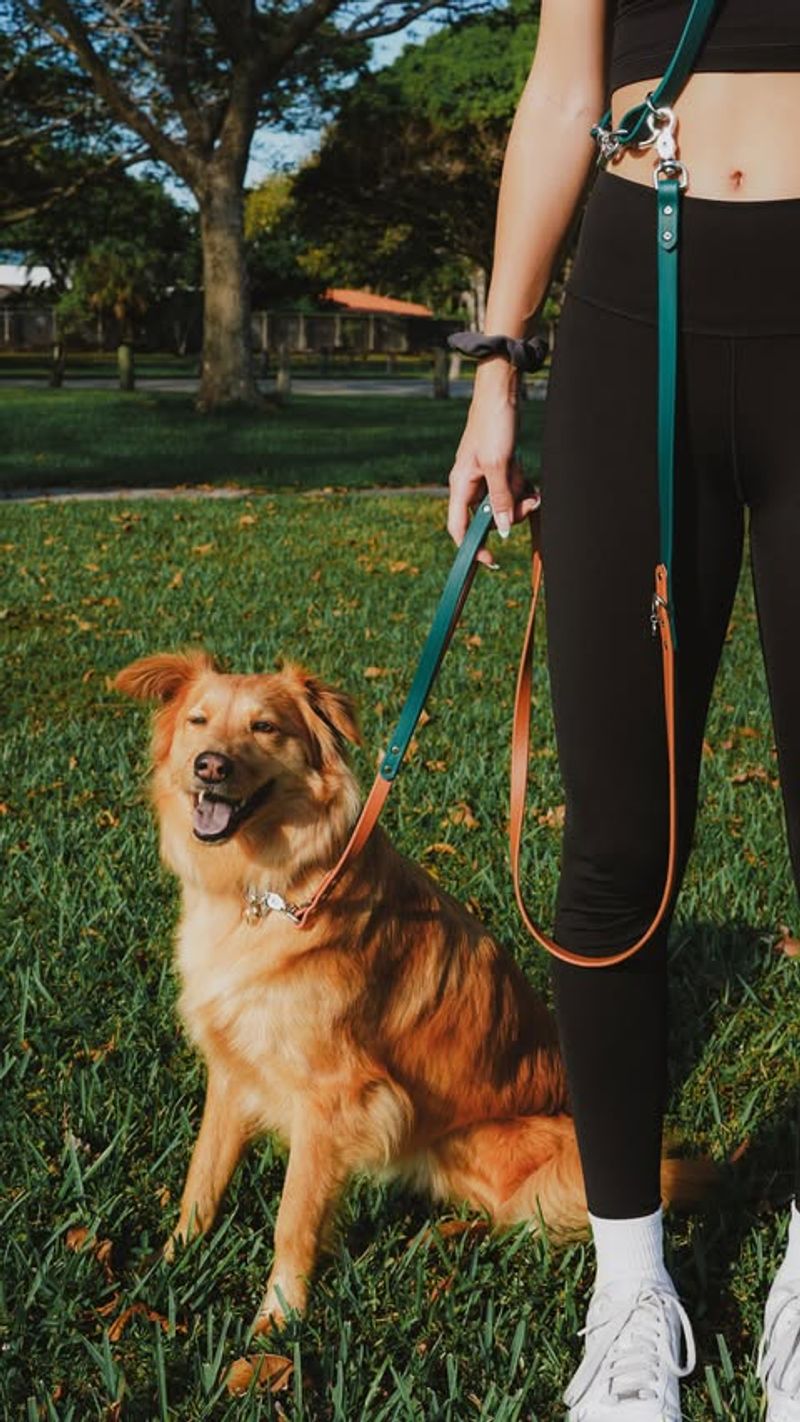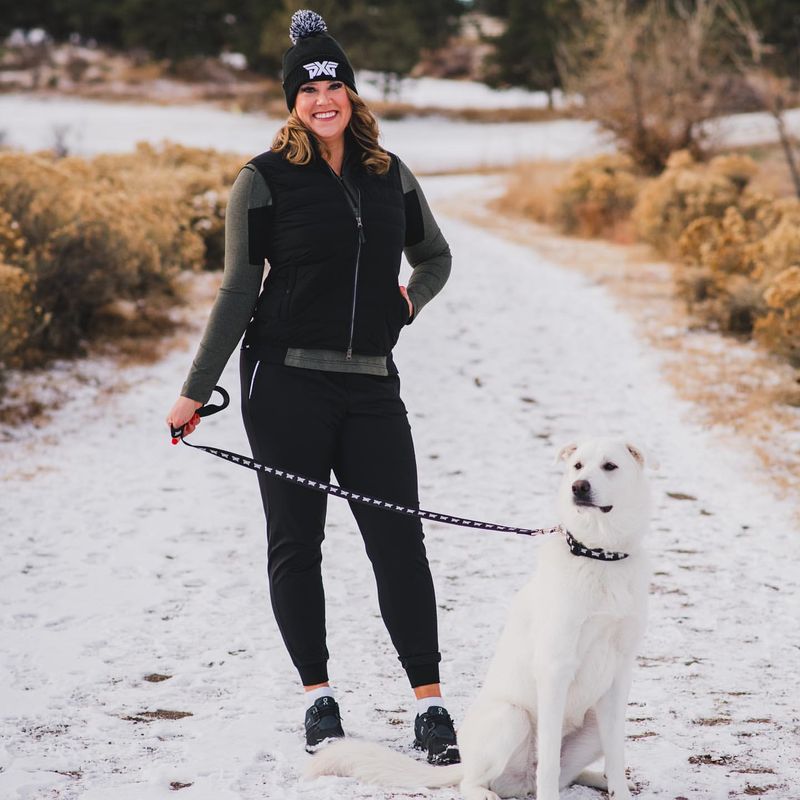Welcome to our comprehensive guide on preventing your dog from pulling on the leash. Whether you’re walking through bustling city streets or enjoying a quiet stroll in the park, a dog that pulls can turn a relaxing walk into a challenge. Leash pulling is not only frustrating but can also lead to safety concerns for both you and your furry friend. Fortunately, with the right techniques and a bit of patience, you can teach your dog to walk calmly by your side. Explore these nineteen expert-backed tips to transform your walks into a peaceful experience.
Use a Front-Clip Harness
A front-clip harness can be a game-changer for dogs that pull on the leash.
Unlike traditional collars, these harnesses clip at the front, providing more control.
When the dog pulls, the harness gently redirects their attention back to the owner.
This reduces pulling behavior over time.
It’s important to ensure the harness fits snugly yet comfortably.
Adjust the straps to prevent chafing or discomfort.
With consistent use, your dog will associate the harness with calm walks.
Practice Loose Leash Walking
Loose leash walking is a technique that rewards your dog for walking by your side.
The key is to keep the leash slack and encourage your dog to stay close.
When your dog pulls, stop walking until they return to your side.
This teaches them that pulling will not get them where they want to go.
Consistency is crucial; practice this technique on every walk.
Over time, your dog will learn that staying close is rewarding and pulling is not.
Reward Good Behavior
Positive reinforcement is essential in training your dog not to pull.
Whenever your dog walks beside you without pulling, reward them with a treat or praise.
This reinforces the idea that good behavior leads to positive outcomes.
Use small, tasty treats that your dog loves.
Consistently rewarding your dog will encourage them to repeat the desired behavior.
Over time, you’ll notice an improvement in your dog’s walking manners.
Use Consistent Commands
Consistency in commands is vital for effective dog training.
Choose a command like ‘heel’ or ‘walk’ to prompt your dog to stay by your side.
Use this command every time you want your dog to pay attention.
Consistent commands create a clear communication pathway between you and your dog.
This reduces confusion and helps your dog understand what you expect.
With regular practice, your dog will respond reliably to your commands.
Avoid Retractable Leashes
Retractable leashes are not ideal for training purposes.
They allow dogs too much freedom, encouraging pulling behavior.
A standard leash offers better control and helps establish boundaries.
With a fixed length, your dog learns to walk within a certain range.
This prevents them from lunging ahead and reinforces staying close.
Opt for a leash that is four to six feet long for the best results.
Implement Clicker Training
Clicker training can be an effective tool in reducing leash pulling.
The clicker marks the exact moment your dog performs the desired behavior.
Follow the click with a treat to reinforce the behavior.
This method creates a clear connection between the action and the reward.
Start by clicking and treating when your dog walks calmly beside you.
Gradually phase out the clicker as your dog becomes more consistent in their behavior.
Schedule Regular Training Sessions
Regular training sessions are crucial for long-term success.
Set aside time each day to work on leash manners.
Short, frequent sessions are more effective than long, sporadic ones.
Consistency helps reinforce the behaviors you want to see.
Make training a part of your daily routine so your dog knows what to expect.
With regular practice, your dog will learn to walk calmly by your side.
Use Distraction Techniques
Distractions can help manage pulling behavior.
When you notice your dog becoming distracted, use a toy or treat to redirect their focus.
This technique helps break the habit of lunging towards distractions.
Over time, your dog will learn to ignore distractions and stay focused on you.
Practice this in various environments to strengthen the behavior.
Consistent use of distractions can improve your dog’s walking etiquette.
Enroll in Professional Training
Sometimes, professional help is needed to address leash pulling.
Enrolling in a training class can provide valuable insights and techniques.
Professional trainers have experience with a variety of behavioral issues.
They can tailor a training program to suit your dog’s needs.
Group classes also offer the benefit of socialization with other dogs.
With expert guidance, you can achieve great results in managing pulling.
Implement ‘Stop and Go’ Technique
The ‘stop and go’ technique is a straightforward method to curb pulling.
When your dog pulls, stop walking immediately.
Wait until your dog returns to your side before moving forward.
This teaches your dog that pulling halts progress.
Consistency is key; apply this technique every time your dog pulls.
Over time, your dog will learn to walk without pulling.
Increase Physical Exercise
Physical exercise is essential for reducing leash pulling.
A tired dog is less likely to pull on the leash.
Ensure your dog gets plenty of exercise through walks, play, and other activities.
Regular exercise helps burn off excess energy that can contribute to pulling.
Adjust the intensity and duration of exercise based on your dog’s breed and age.
Incorporate a variety of activities to keep your dog engaged and satisfied.
Teach Impulse Control
Impulse control is a critical skill for reducing pulling.
Teach your dog to wait patiently for your signal before moving.
Start with simple commands like ‘sit’ and ‘stay’ to build impulse control.
Gradually introduce more challenging scenarios, like waiting at curbs.
Impulse control helps your dog remain calm and focused during walks.
With practice, your dog will learn to control impulses and reduce pulling.
Use Short, Frequent Walks
Short, frequent walks can improve leash manners.
These walks provide more opportunities for training and reinforcement.
Break up longer walks into several shorter ones throughout the day.
Consistency and repetition help reinforce good behavior.
Over time, your dog will learn to walk calmly without pulling.
Adjust the frequency based on your dog’s energy level and needs.
Incorporate Mental Stimulation
Mental stimulation is as important as physical exercise for managing pulling.
Provide your dog with puzzles, toys, and games to engage their mind.
Mental challenges can help tire your dog out, reducing pulling behavior.
Include training exercises that promote problem-solving skills.
A mentally stimulated dog is more likely to walk calmly on a leash.
Make mental stimulation a part of your daily routine.
Avoid High-Stimulation Areas Initially
When training, start in low-stimulation environments.
Busy areas can overwhelm your dog and increase pulling.
Begin in quiet neighborhoods or parks to focus on training.
Gradually introduce more challenging environments as your dog improves.
This approach helps your dog build confidence and maintain focus.
Consistent practice in various settings strengthens leash manners.
Utilize Visual Cues
Visual cues can enhance your training efforts.
Incorporate hand signals along with verbal commands.
Dogs often respond well to visual cues, reinforcing desired behaviors.
Practice using hand signals during walks to guide your dog.
Consistency in visual cues helps improve communication.
Over time, your dog will learn to associate cues with actions.
Monitor Your Own Behavior
Your behavior affects your dog’s demeanor on walks.
Stay calm and assertive to set a positive tone.
Avoid getting frustrated if your dog pulls; remain patient.
Your dog will pick up on your cues and respond accordingly.
Consistent, calm behavior encourages your dog to stay relaxed.
Over time, your walks will become more enjoyable for both of you.
Stay Patient and Persistent
Training takes time and patience.
Don’t expect immediate results; persistence is key.
Celebrate small victories and progress along the way.
Every dog learns at their own pace, so adjust your expectations.
Staying patient ensures a positive experience for you and your dog.
With time, your dog will learn to walk calmly by your side.
Understand Your Dog’s Triggers
Identifying triggers can help manage pulling.
Pay attention to what causes your dog to pull on the leash.
Common triggers include other animals, people, or particular scents.
Once identified, work on desensitizing your dog to these triggers.
Gradually expose your dog to triggers in a controlled setting.
This reduces excitement and helps your dog stay focused during walks.

